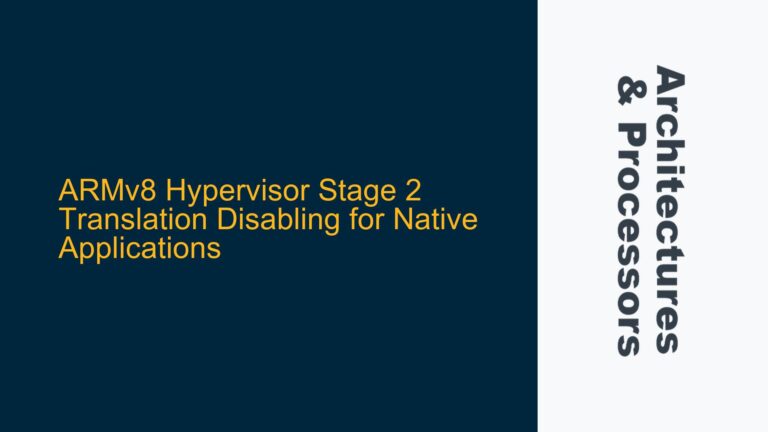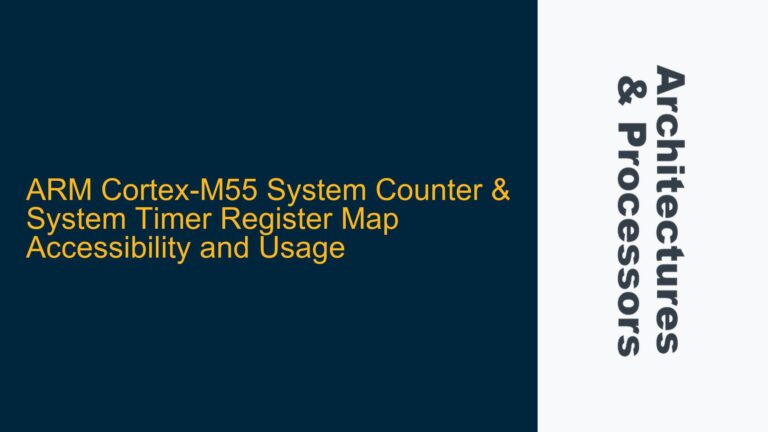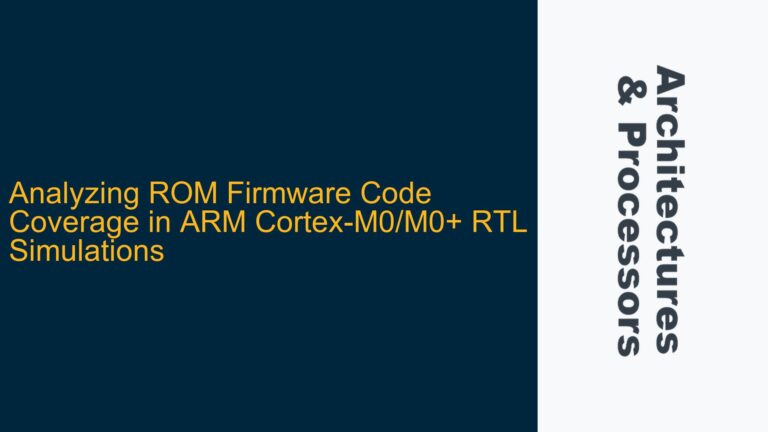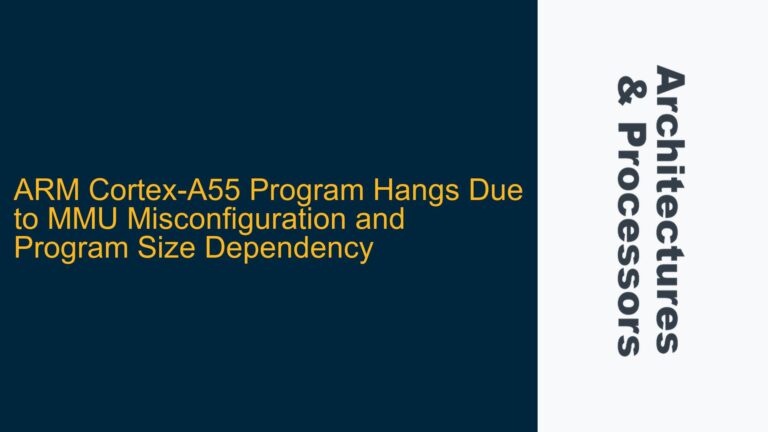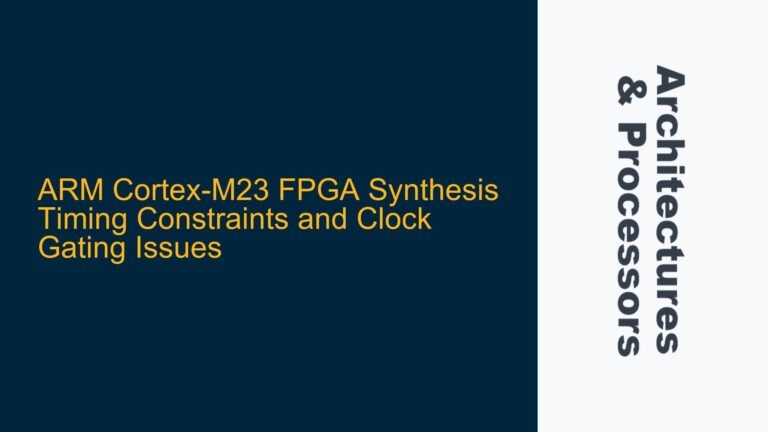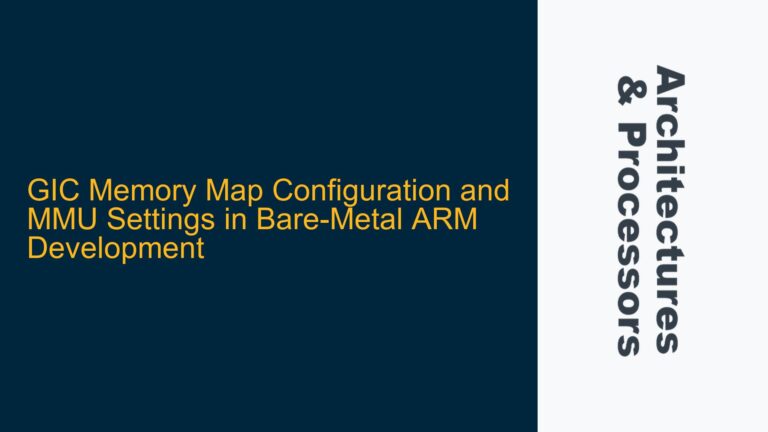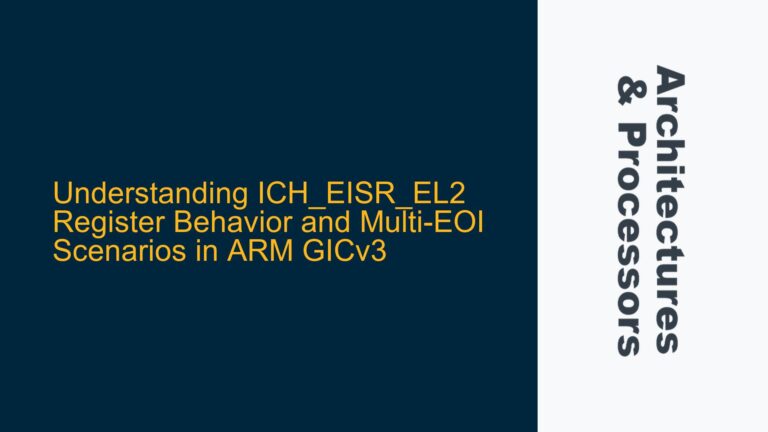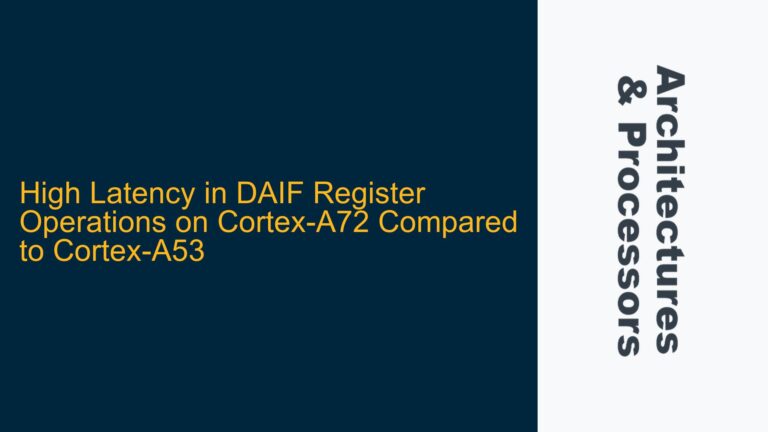ARMv8 Hypervisor Stage 2 Translation Disabling for Native Applications
ARMv8 Virtualization and Address Translation Challenges in Mixed Environments In ARMv8-based systems, virtualization is a critical feature that enables the coexistence of virtual machines (VMs) and native applications within the same hardware environment. The ARMv8 architecture provides a two-stage address translation mechanism: Stage 1 (S1) translation, which is managed by the guest operating system (OS)…
